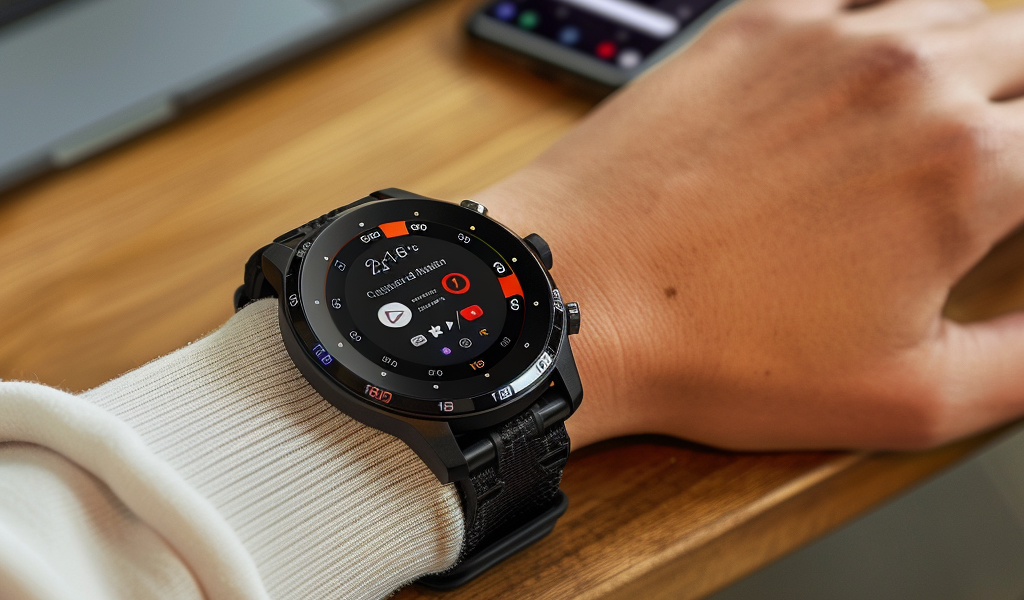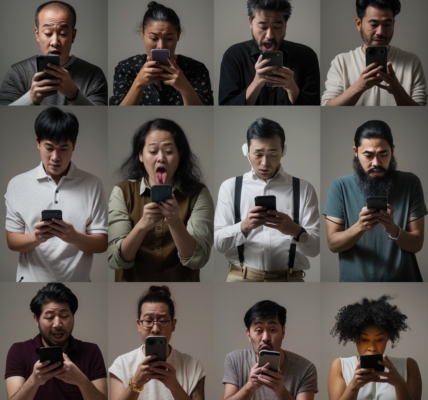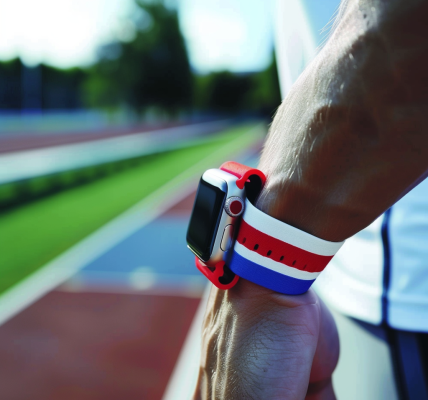In a significant development for Wear OS smartwatches, a forthcoming update to Google Messages is expected to introduce the ability to send Rich Communication Services (RCS) messages independently, without the need for a connected smartphone. This enhancement aims to provide users with a more seamless messaging experience directly from their wrist.
Currently, Wear OS smartwatches lack the capability to send RCS messages autonomously. Users must rely on their smartphones for messaging, which means if the phone is out of reach or turned off, the smartwatch cannot send or receive messages. However, this scenario may soon change as Google appears to be working on a solution that will allow RCS messaging to function similarly to how popular messaging applications, like WhatsApp, operate on smartwatches.
The resurgence of RCS messaging has gained attention recently, particularly following Apple’s introduction of RCS support in iOS 18. While Android users have enjoyed RCS messaging on their smartphones for some time, Wear OS users have been left wanting for more robust messaging options. The anticipated update could bridge this gap, enabling smartwatch users to communicate more effectively even when their smartphones are not in close proximity.
Recent findings from an APK teardown of the Google Messages app version 20240926 beta have revealed flags that suggest the integration of standalone RCS capabilities for Wear OS. The flags, which include terms like “bugle.enable_wear_standalone_rcs,” indicate that Google is actively developing this feature. The use of the term “bugle” likely refers to the internal codename for Google Messages, while “wear” pertains to Wear OS devices, and “standalone” signifies the independent nature of the messaging service.
Among the flags identified, two are specifically designed to enable RCS settings, while another pertains to voice messaging capabilities. This suggests that the update will not only facilitate standalone RCS messaging but may also enhance the overall functionality of the Google Messages app on Wear OS devices.
If implemented, this change would represent a notable shift from the current model where RCS messaging on Wear OS is effectively an extension of the Google Messages app on smartphones. Presently, messages sent from a smartwatch are relayed through the connected phone, meaning that any disruption in the connection results in the inability to send or receive messages. This limitation applies to both Wi-Fi and LTE-enabled smartwatches.
The introduction of standalone RCS messaging would allow users to maintain communication even when their phones are not nearby, thereby enhancing the utility of Wear OS smartwatches as standalone devices. This feature could attract more users to RCS, especially considering the increasing popularity of messaging apps that offer similar functionalities.
As Google continues to refine its messaging services, the potential rollout of standalone RCS on Wear OS could significantly improve user experience. This development aligns with the growing trend of smartwatches evolving into more versatile devices capable of performing a broader range of functions beyond fitness tracking and notifications.
In summary, the anticipated update to Google Messages holds promise for Wear OS users, potentially transforming the way they communicate through their smartwatches. With RCS messaging becoming more accessible and independent, users may find themselves more engaged with their devices, leading to greater adoption of RCS technology across the board.





